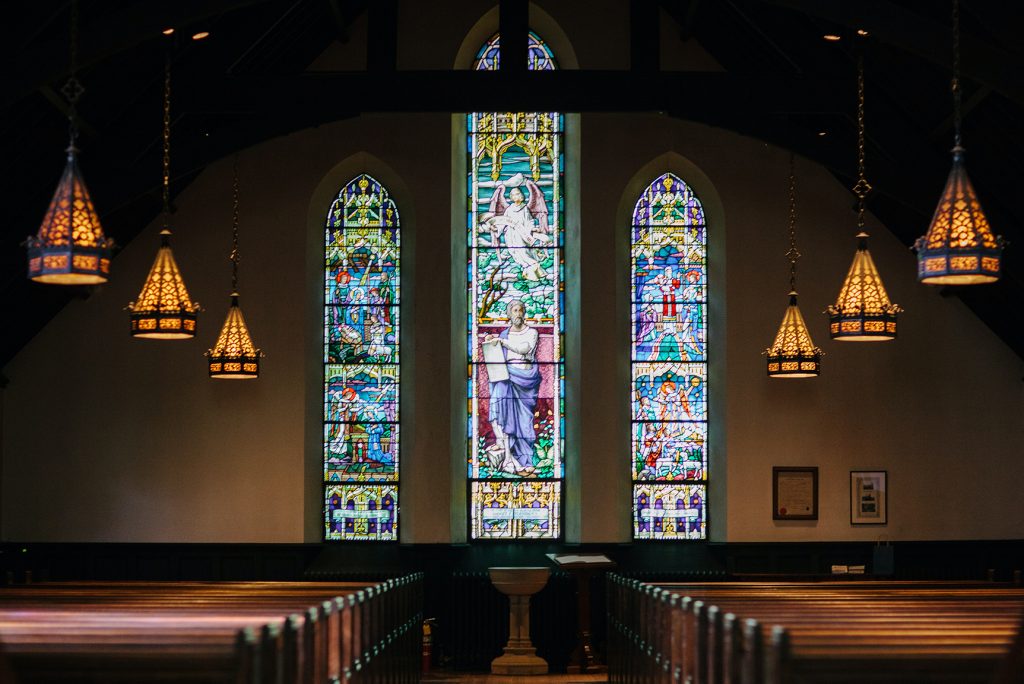Here in the US, houses of worship (HoWs) are opening after having been closed for many months. We know that, in 2020, nearly every HoW in the US closed for at least a few months. Some HoWs reopened in the summer of 2020; however, their leaders either limited the number of people who could attend worship services in person or arranged seating so as to maintain sufficient separation between attendees. In addition, many HoWs halted communion and other touch-related formalities, and they either halted or limited small-group gatherings and special activities for youth.
Now, most states have relaxed their novel coronavirus (COVID-19) guidelines; thus, numerous HoWs are opening their worship spaces, free from capacity limitations. Opening without such limitations is important—indeed, it might be vital to their long-term existence. The biggest question that HoW leaders want to have answered is this one: “Will people return to corporate worship inside their worship spaces?” Those of us who work in the HoW sector also want to know the answer to that question so we can zero in on the best ways to serve HoWs and their leaders.
We in my group believe that many people will return to in-person worship by the end of this year. We make that claim by observing industries that, to achieve success, require large numbers of people to gather.
Trends Across Industries
The airline industry was the first that we observed. As you know, due to COVID-19, flights were nearly empty starting in March 2020; this severely affected airlines’ operations and cash flow. Even for the passengers who were willing to fly, airlines had to limit the number of people being transported on each plane and passengers had to adhere to mask-wearing and social-distancing guidelines from the Transportation Security Administration (TSA). Today, airlines are no longer limiting the number of passengers who can fly on any given plane. Thus, with most states relaxing COVID-19 safety protocols and opening themselves up for travel, business and tourism, the result is that most flights are filling up.
We also observed the sports industry. Many baseball stadiums no longer limit the number of fans who can attend a game. Popular teams and exciting matchups have led to sold-out stadiums. At the time of this writing, the National Basketball Association (NBA) has entered the playoffs and arenas are filled with fans. College softball and college baseball playoffs experienced sold-out ballparks and earned high television ratings.
The observation that bolsters our claim the most, however, is the resurgence of the theme-park industry. Disney properties are now open without capacity limitations, and those parks are totally full of people. Universal Orlando Resort, SeaWorld Orlando, Busch Gardens Tampa Bay and other theme parks throughout the nation are also packed with people. Those parks have relaxed mask-wearing and social-distancing guidelines (except for when using in-park transportation, which falls under TSA authority).
Opinions in the Christian Community
We in my group also believe that people will return to worship by the end of this year based on research conducted by the respected Barna Group. Its study, which was published this past March, polled people of the Christian faith. They found that 80 percent of the pastors who responded plan to offer in-person worship experiences; notably, 71 percent of these pastors indicated that they also plan to offer online experiences. In addition, adult congregants indicated that they miss taking communion together, worshipping together and socializing with other people. Youths indicated that they miss socializing before and after worship services and look forward to spending time with their friends at the HoW.
A slightly less notable, but still relevant, finding: Parents with infants and small children indicated that they look forward to the time when their children can worship with other children, while their infants receive care in a nursery, so that they, as parents, can worship with other adults.
These observations and the Barna Group study, along with others not mentioned, support our belief that people will return to worship this year. We also believe that leaders will have to challenge congregants to return to their HoW for in-person worship. One pastor used humor to challenge his congregation to return. He said to the online audience, “We want you to come back to the church for worship. I have seen a lot of you shopping at Walmart, so you should feel safe returning to your church!”
The Return of Sunday Service
We can use all this information to draw a few takeaways, which I will list here. First, the Good News is that people are already returning to worship in person, and they will continue to return. Second, we can assume, with a high degree of certainty, that some congregants will continue to participate in worship through livestreaming and other online experiences. Third, youths desire to worship together. Fourth, parents want worship for their children to resume, and they want nursery care for their infants, so that they, as parents, can worship with other adults. Fifth, adults and youths want once again to socialize with their friends and peers.
We believe that those five takeaways (among others) represent opportunities for us. We can help worship leaders discover technologies that will help them to create rich worship experiences and rich social experiences for people, whether they are worshipping online or whether they are returning to experience worship in person.
To read more from Sound & Communications, click here.
